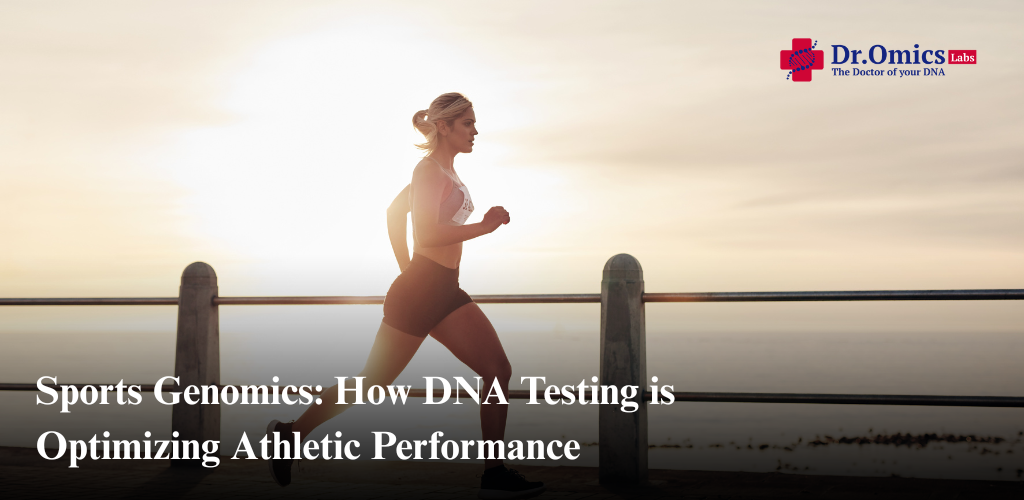In the age of personalized health and performance, sports genomics is revolutionizing how athletes train, recover, and compete. By analyzing an individual’s genetic blueprint through a DNA fitness test, coaches and athletes are now gaining powerful insights into genetic athletic potential, training responsiveness, injury risk, and nutritional needs. This growing field bridges the gap between genetics and athletic science, offering a tailored approach to performance optimization.
Understanding Sports Genomics
Sports genomics refers to the study of genes related to athletic performance. Through genetic testing, researchers can identify variations in specific genes that influence muscle composition, oxygen uptake, recovery rate, and other factors critical to sports performance. For example, certain gene variants can predict whether an individual is more suited for endurance-based activities or explosive power sports.
One of the most discussed areas is the ACTN3 gene, often dubbed the “speed gene,” which affects muscle fiber type and performance in sprint versus endurance sports. Another gene, ACE, is closely associated with cardiovascular endurance, making it a valuable marker for endurance athletes.
What is a DNA Fitness Test?
A DNA fitness test is a non-invasive genetic test that analyzes DNA markers related to athletic traits. By collecting a saliva sample, athletes can gain a comprehensive report outlining their predispositions for:
- Strength vs. endurance potential
- Injury susceptibility
- Recovery speed
- Inflammatory response
- Sleep and stress tolerance
- Nutritional absorption
This data allows athletes and their coaches to make informed decisions about training regimens, recovery protocols, and dietary strategies.
Unlocking Genetic Athletic Potential
One of the most compelling aspects of sports genomics is its ability to reveal an athlete’s genetic athletic potential. While genetics isn’t destiny, understanding one’s unique blueprint can enhance training efficiency and reduce guesswork. For young athletes, this can help guide sport selection or training emphasis early on, maximizing long-term development.
Importantly, genetic potential doesn’t guarantee elite performance—but when paired with the right environment, coaching, and dedication, it can provide a significant edge.
The Role of Nutrigenomics for Athletes
Nutrigenomics for athletes is a subfield of sports genomics that explores how genes affect nutrient metabolism. For instance, some individuals may metabolize caffeine quickly, gaining performance benefits, while others may experience heightened anxiety or disrupted sleep. Similarly, genetic variants can influence how efficiently an athlete absorbs vitamins like B12 or processes lactose and gluten.
With nutrigenomics, athletes can personalize their nutrition strategies to optimize energy levels, recovery, and immune support—key factors in peak performance.
Spotlight on Endurance Genes
Endurance genes, like PPARGC1A, VEGF, and the aforementioned ACE, play vital roles in mitochondrial efficiency, blood vessel formation, and oxygen delivery. Athletes with favorable variants in these genes may have a natural edge in long-distance sports such as running, cycling, or triathlon.
However, even those without a strong endurance gene profile can still train effectively for endurance events. Knowing your genetic predisposition simply informs smarter training strategies—such as adjusting intensity, volume, or recovery time to suit your body’s innate capabilities.
Conclusion
Sports genomics is ushering in a new era of data-driven athletic development. With the help of DNA fitness tests, athletes can uncover their genetic athletic potential, tailor their nutrition through nutrigenomics, and fine-tune their training to align with their endurance genes and other genetic traits. While genes are only part of the performance equation, leveraging this information can lead to smarter, safer, and more effective athletic outcomes. As this technology becomes more accessible, we can expect sports genomics to become a standard tool in every serious athlete’s performance toolkit.




